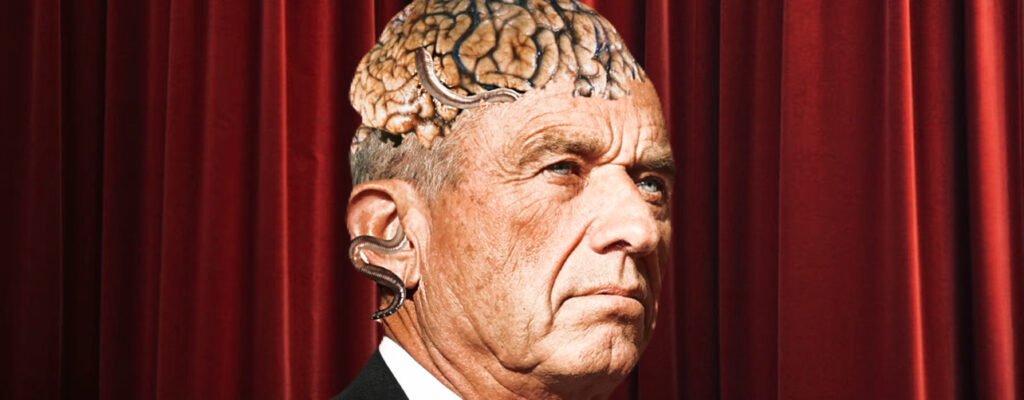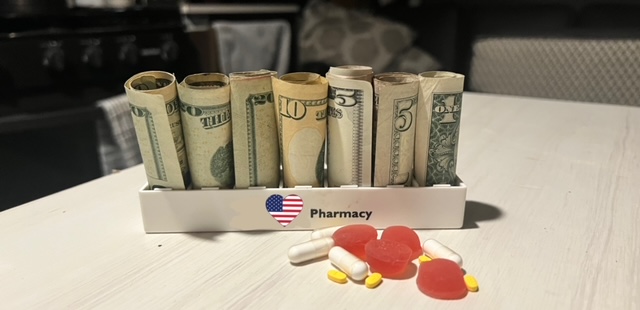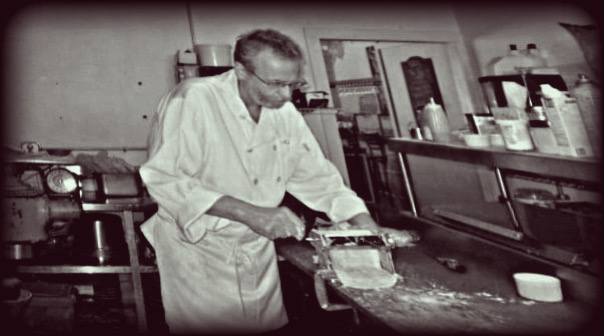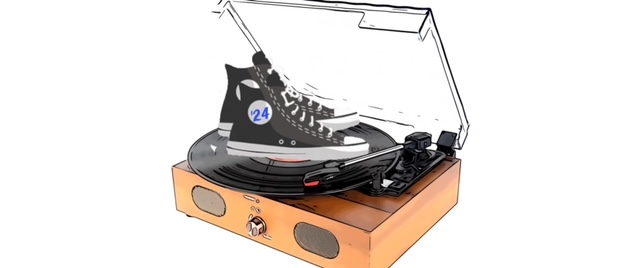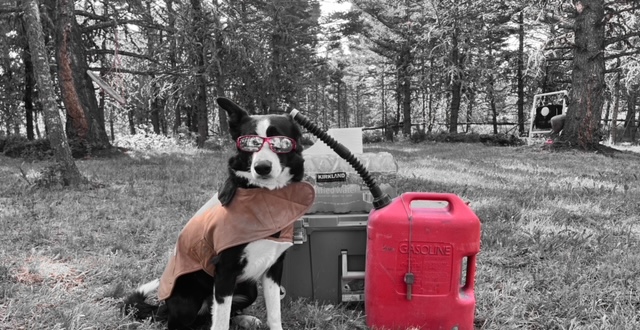The calendar, or more likely my computer, informs me that today is September first. Normally this is a date that would slip by pretty much unnoticed. After all, unless it’s your birthday, it is just another day out of 365 of them we have each year. What makes this day significant this year is that we’re about four months away from Christmas, a holiday that in past years has featured a dinner that is a repeat of Thanksgiving.
It is a run-of-the-mill meal whose biggest challenge is to remember to take the turkey out of the freezer in time to thaw and to not get upset because the Brussels sprouts didn’t get cooked.
We, meaning Courtney and I, are setting off on an uphill climb to change that food scenario to something that seems more like some kind of celebration than punishment. It might take all of the next four months to accomplish our goal.
Christmas, my daughter told me, was invented by Catholics. She would know, having been confirmed as one in a clear collusion between some priest in Southern California and my wife, an Irish Catholic. To listen to Geri tell it, being an Irish Catholic is twice as bad as just being Irish or Catholic. Sort of a double whammy for those living for an afterlife of angel’s wings and harp refrains.
But to continue with Courtney’s observation is to acknowledge that Roman Catholics were the inventors of Christmas. They witnessed the fun that pagans were having at that time of the winter solstice and wanted in on the action. It didn’t matter that Jesus was mostly likely to have been born in the Spring.
The Roman Catholics were a small sect of a bigger church whose name has been conveniently lost to history. What is known is that Rome was pretty much the center of an entire empire populated by Italians, many of whom were family matriarchs who spent their days making tortellini. None of them knew they were Italian; that came later. They also took most of the day to make tomato sauce, although not until well into the 19th century. The earliest recipe for tomato sauce was published in 1694, nearly a century after the fruit made its way to the Italian shores.
They, being Italian Catholics by now, assumed the red fruit had something to do with Satan, which is never a good sign.
By 1861, the date of Italian statehood, natives could not go a day without consuming tomatoes. Apparently, Satan held little sway in the church-state that Italy became that year. Sauces began bubbling on the back burners as sweaty men in black suits pushed the sausages and meatballs into the deep cauldrons. In the movie, Sonny destroys Michael’s aspirations to be a chef by reminding him he had a few folks he’s promised to kill.
But I digress.
We, meaning Courtney and I, are designing an entirely new menu to reflect the Italian holiday more accurately. But before we take our cause to a higher level, we have to get past Geri, the Irish Catholic. To fully understand what we’re up against, the Irish were first experimenting with black pepper at about the same time Italians were starting to eat tomatoes.
My Sicilian uncle brought a lasagna to our house one Christmas. Geri locked herself in the guest bathroom and cried. She’d have stayed longer had she not noticed the whole cooked piglet I had temporarily stowed in the bathtub.
The “Lasagna and Dead-Pig Christmas,” as we all remember it, is daring to be repeated as a bright red and meaty lasagna takes its place at center stage this Christmas. We will pass on the suckling pig, which was mostly for show anyway.
By design, the relish tray that replicates how Americans began Sunday dinners in the 1950s, will be replaced by a platter filled with spicy meats, hard cheeses and marinated olives. It is an antipasto that is an introducing course. Following will be cheese tortellini in chicken broth.
Lasagna, as previously mentioned, comes next. The squares should be about four inches in every dimension. It should ooze a meaty sauce, the handmade noodles a satiny delivery system for cheese and spice.
A mixed-lettuce salad with a pour of extra-virgin olive oil and balsamic vinegar cleanses the palate. A dessert of cheese and fresh fruits, is accompanied by a healthy pour of the digestive grappa and espresso.
Compared to the turkey, dressing, mashed potatoes and gravy, the Italian feast wins by a long shot. Even without the benefit of Brussels sprouts.
Geri disagrees.
We, meaning Courtney and I, will be doing the cooking and therefore preparing the menu as written above. We’re just hoping Geri doesn’t spend the day in the bathroom crying.
Photo illustration by Courtney A. Liska
Chicken Stock
This basic component of many cuisines, chicken stock can be used as the base for soup, pastas, gravies and sauces.
2 pounds chicken backs and necks
2 leeks, coarsely chopped
2 carrots, coarsely chopped
1 onion, peeled and chopped
2 stalks celery, coarsely chopped
2 cloves garlic, unpeeled
8 whole peppercorns
4-5 sprigs of parsley
2 sprigs of fresh thyme
1 bay leaf
Place all of the ingredients in a stockpot and cover with four quarts of cold water.
Bring to a boil and simmer, partially covered, for about 3 hours. Be sure to skim the fat and foam.
Strain through a fine sieve and let cool. Remove all of the fat that rises to the surface.

